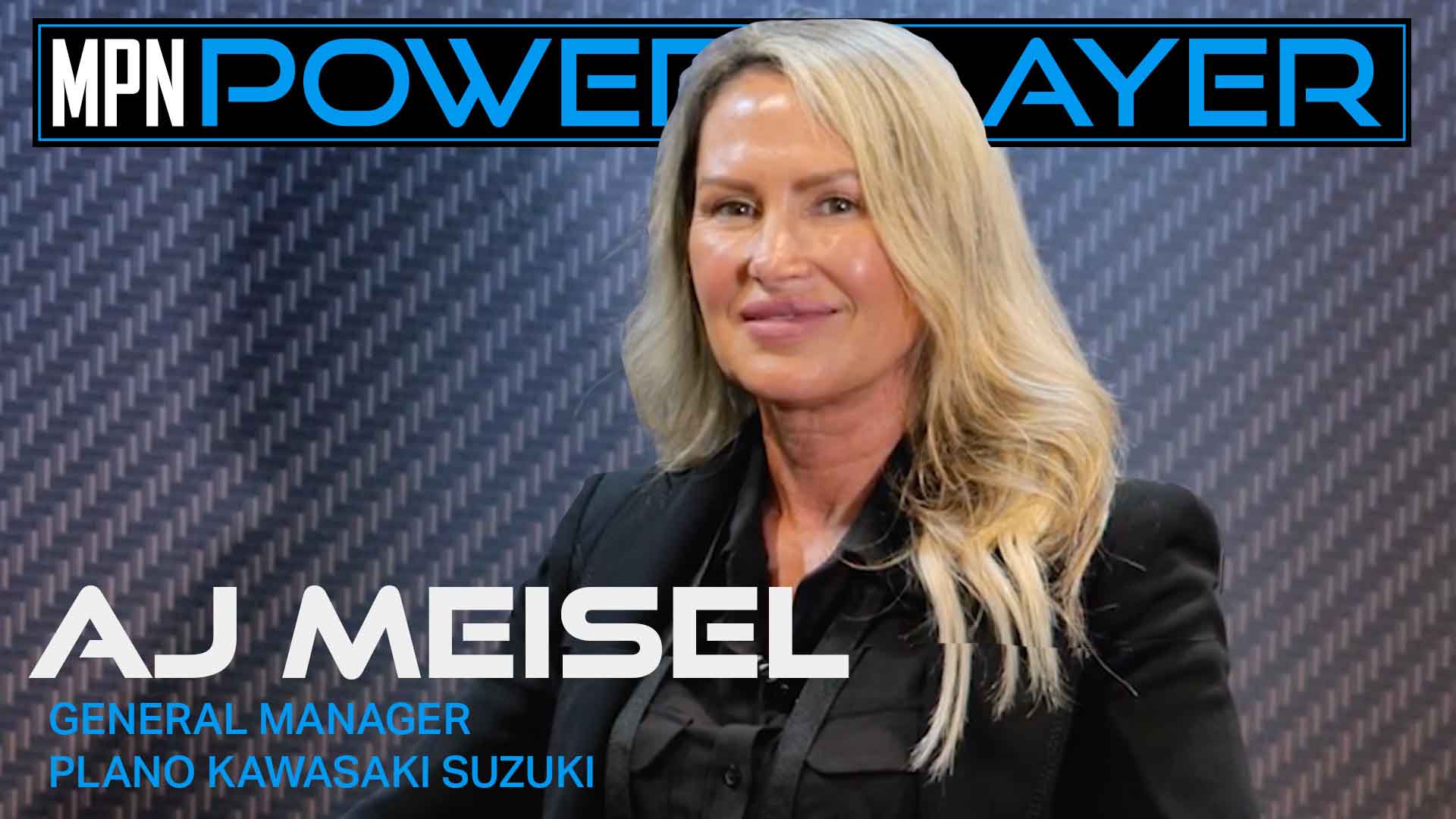Everyone loves a step-by-step approach, so here’s one for transferring skills. In most dealership sales training situations you only have 20 or 30 minutes, so you need to have a plan. This series of steps will move you quickly and efficiently toward your objective.
Step 1: Discuss The Why
Adults need to understand the why behind the what. Many people just start talking about the training topic without talking about first why it’s important to do so or giving some quick background. If you we’re going to be training your group on how to provide a more uniform value-proposition response, you might start out by talking with your group about some common questions and conversations on the showroom floor. You might ask the following question: What could you say when the customer says, “I can get this for cheaper at the store across town, why should I do business with you for more money?”
Your people will probably come up with some interesting responses, and they will no doubt all be different. And then you can direct the conversation as to why you believe the dealership really needs a uniform response to this question and what you believe the response should be.
Step 2: Demonstrate it.
Adults learn from behavior modeling. Some people call this monkey see, monkey do; this, actually, is a pretty advanced skills set, and it is the fastest way to transfer skills, which is important when you only have 20 to 30 minutes during a staff meeting.
Example: Ok gang, so what could we say when someone asks why they should do business with us? How about: “Great question. There are really three reasons why you should do business with us. First, we are an eight-time retail award-winning dealer. Only dealerships with outstanding business practices and customer service earn this award. Second, we’re open when you need us. And third, when you do business with us, your salesperson will give you their personal cell phone number, so you always have someone to call. What other questions can I answer for you?”
Step 3: Debrief and deconstruct it.
Next you have to explain why this response works.
“Great question:” It acknowledges the question and psychologically prepares the customer to hear your response.
Wanna Hear More From Mark?
listen to the podcast:
Performance Based Selling
Three Reasons. People love to think in threes. Even psychologists aren’t sure why, but when you provide three points, it feels substantial. Plus, when you tell people there are three points coming, they listen.
Compelling responses. We gave three separate and compelling reasons from the customer’s perspective on why they should do business with us.
Assumed sale. Then we assumed we’ve answer the question and transitioned to other aspects of the exchange: “What other questions do you have?”
Step 4: Demonstrate it … again.
It takes a lot of repetitions to make a new skill stick. You certainly won’t completely transfer a skill in a 20-minute staff meeting, but you can make a great start so show them again how it’s done.
Step 5: Try it.
This is the experiential component of training, and, by the way, it is also when the actual transfer manifests itself. This is where you break your people into pairs or groups of three and have them practice this skills set. To do this well, you should attempt to create as safe an environment as possible. Meaning, if your crew is like most, they are vicious with their teasing of one another. Move pairs far enough apart so other pairs can’t hear people’s earliest practices.
Step 6: Give Feedback
You should give frank and honest feedback on these skills sessions. After all, you’re the one leading the session. One of the most common problems is when a manager gives feedback, and they use the word, but. When you do, it psycho-linguistically cancels out everything that has come before it. It goes like this, “Nice job on setting up the three points, but you didn’t use the transition question.” The person to whom you were giving feedback doesn’t hear the good things about the three points, just that you are dissatisfied with their lack of a transition comment.
Instead, use the phrase, “and at the same time …” This then allows for two apparently contradictory ideas to exist on the same mental plane. “Nice job on setting up the three points; and at the same time, don’t forget about transitioning away from the objection.” Big difference.
Better yet, don’t use the clich













